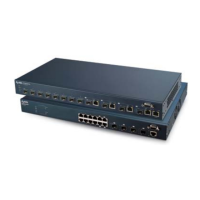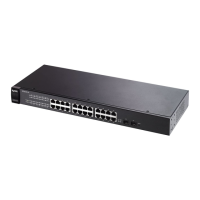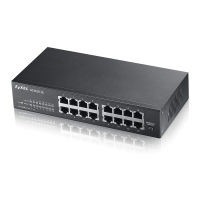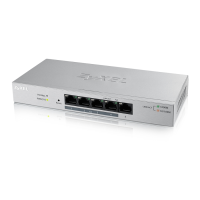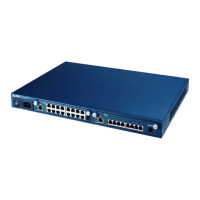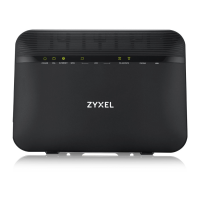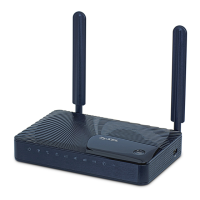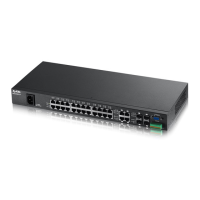GS-4012F User’s Guide
Chapter 24 OSPF 145
CHAPTER 24
OSPF
This chapter describes the OSPF (Open Shortest Path First) routing protocol and shows you
how to configure OSPF.
24.1 Overview
OSPF (Open Shortest Path First) is a link-state protocol designed to distribute routing
information within an autonomous system (AS). An autonomous system is a collection of
networks using a common routing protocol to exchange routing information.
OSPF offers some advantages over traditional vector-space routing protocols (such as RIP).
The following table summarizes some of the major differences between OSPF and RIP.
24.1.1 OSPF Autonomous Systems and Areas
An OSPF autonomous system can be divided into logical areas. Each area represents a group
of adjacent networks. All areas are connected to a backbone (also known as area 0). The
backbone is the transit area to route packets between two areas. A stub area, at the edge of an
AS, is not a transit area since there is only one connection to the stub area.
The following table describes the four classes of OSPF routers.
Table 48 OSPF vs. RIP
OSPF RIP
Network Size Large Small (with up to 15 routers)
Metrics Bandwidth, hop count, throughput, round
trip time and reliability.
Hop count
Convergence Fast Slow
Table 49 OSPF: Router Types
TYPE DESCRIPTION
Internal Router (IR) An Internal or intra-area router is a router in an area.
Area Border Router (ABR) An Area Border Router connects two or more areas.
Backbone Router (BR) A backbone router has an interface to the backbone.
AS Boundary Router An AS boundary router exchanges routing information with routers in other
ASes.
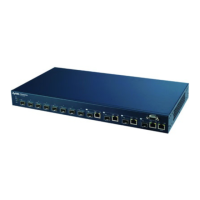
